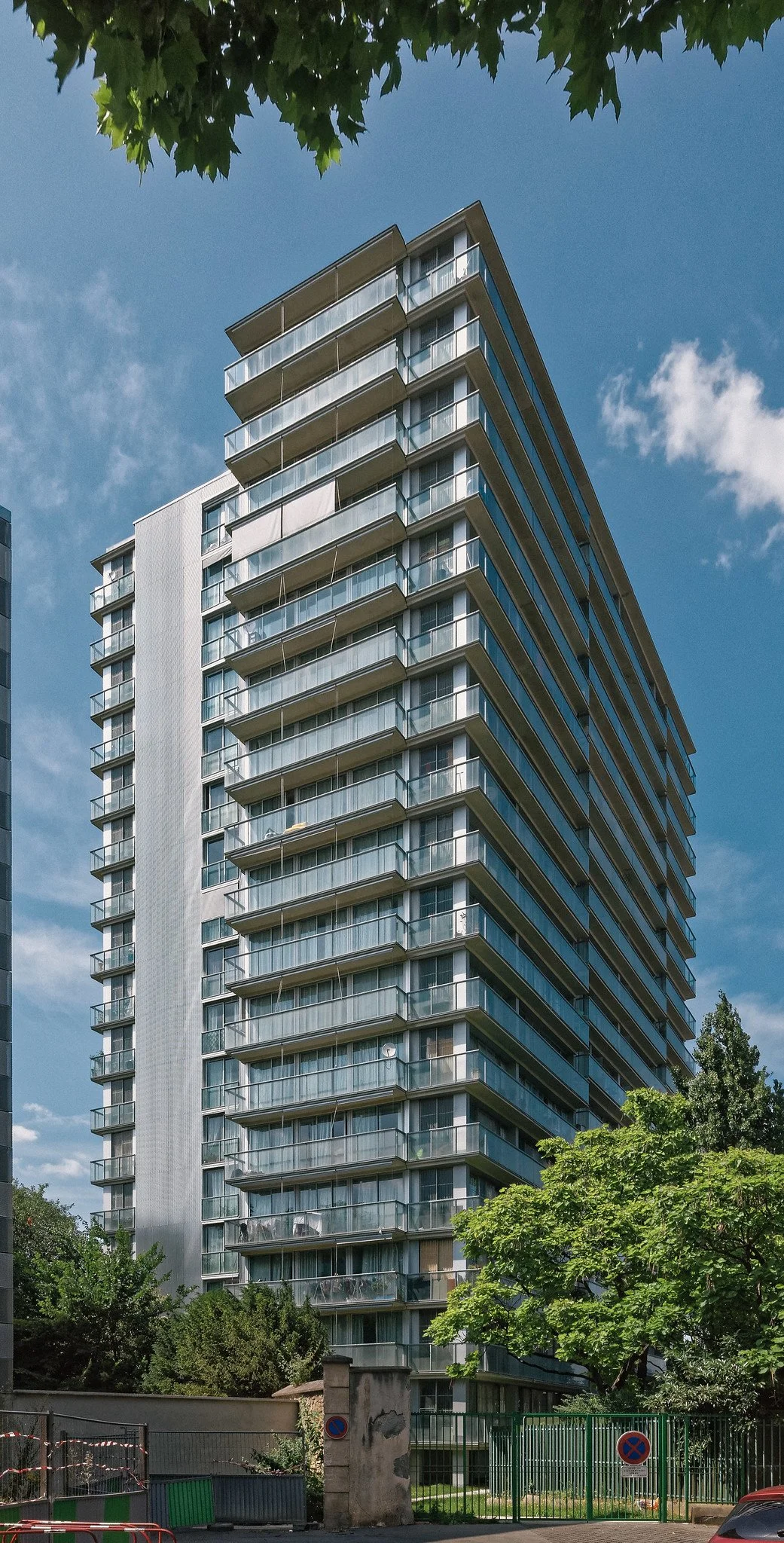What happens if we stop building more buildings?
Many conferences and biennales around the world question ‘how we can build more sustainably?’ But few ask what happens if we stop building instead?
Rocío Calzado is an architect and an urbanist based in Paris. She holds a postgraduate degree from the Polytechnic University of Madrid and is currently pursuing a masters in European Urban Policy and Ecological Transition at Sciences Po Paris. She has spent time studying and carrying out research in many big cities including Madrid, Rome, New York and Tokyo.
“As an urbanist you acquire the role of a mediator - a person able to speak to many different types of people. Because of your background you can speak to technical people, public administration and you are the person in between.”
The role of architecture in its more straight forward understanding - a person that builds - is as valuable when it builds from scratch as when it transforms existing architectural heritage. 2021 Pritzker Prize Laureates Anne Lacaton and Jean-Philippe Vassal are a demonstration of this ability - re-examining sustainability through reviving pre-existing structures and spaces to bring impact socially, ecologically and economically, supporting the evolution of a city.
“Good architecture is open—open to life, open to enhance the freedom of anyone, where anyone can do what they need to do,” says Lacton.
“It should not be demonstrative or imposing, but it must be something familiar, useful and beautiful, with the ability to quietly support the life that will take place within it.”
Lacaton and Vassal, with Frédéric Druot, transformed La Tour Bois le Prêtre, Paris, a 17-story, 96-unit public housing project built in the 1960s. By increasing the interior footprint of all 96 units through the removal of the original concrete façade and including new bioclimatic balconies, the constrained living rooms became spacious and flexible spaces - importantly transforming the possibilities of the inhabitants without displacement of any residents and costing one third of a demolition.
“A very good building in a very bad city is never going to be enough,”
“Whereas an ugly building in a nice urban environment could be a very good place to live. Today, if we discuss cities, resilience, climate change, adaptation and mitigation will naturally come into the conversation.”
Even where positive impact is made privately it can be difficult to match the scale achievable through public reform or changing consumer behaviours. Architects are going to be needed for transformation but the role of architecture must change to one not just capable of making more buildings but changing existing ones - it must bring new life to the ability to carry out spatial reforms in a way that understands changing spatial needs, materials and their effects on our environment.
Architecture must become more capable of asking, how can building less buildings support a changing world?
Biography:
Rocío Calzado is an architect and urban planner based in Paris, with a postgraduate degree from the Polytechnic University of Madrid, and currently pursuing a Master in European Urban Policy and Ecological Transition at Sciences Po Paris. Her work has been published in different publications and she has participated as a speaker in various international conferences and congresses including European Network for Housing Research, TU Delft Atlantis Magazine and Colombian Construction Chamber Congress.

